Share this @internewscast.com
Red dye 40 , also known as Allura Red AC, is artificial coloring commonly found in many favorite go-to foods and snacks (including Skittles and Doritos) but there’s debate on whether it’s actually okay to consume, so knowing which foods with the dye that health experts deem as unhealthy is important. Although the FDA has approved the popular food dye, many question the decision. “Over the years, one widely used FDA-approved synthetic food dye, Red 40, has drawn some controversy due to the potential health impacts it poses, specifically in children,” Stephanie Csaszar, MS, RD, CDN, independent dietitian and health strategist, tells us. “There have been conflicting studies and researchers are still studying this potential link. Some have found that red 40 dye can exacerbate allergies, aggression and hyperactivity in children with pre-existing behavioral disorders that already have food sensitivities and intolerances.” Csaszar emphasizes. “It’s important to note that food dyes did not cause behavioral conditions in children, but when foods with dyes were removed from these children’s diets, their symptoms improved. The main concern is food dyes are normally present in foods that are lacking nutritional value like processed snacks, sugary drinks and candy which add very little nutritional value to our diets. Eating these foods in excess can add unwanted calories and displace important nutrients we can get from other healthier foods.”
Just this month, the dye made headlines, as it may lead to bowel diseases, according to a troubling study published Dec. 20 in the scientific journal, Nature Communications. The team of scientists found that the long-term consumption of the food additive may cause Crohn’s disease or ulcerative colitis.
Trista Best, Registered Dietitian, Environmental Health Specialist and Adjunct Nutrition Professor, adds, “Red food dye is often derived from synthetic sources, such as coal tar or petroleum, and is regulated by the Food and Drug Administration (FDA). While the FDA considers red food dye to be safe for consumption, some studies have suggested that certain food dyes, including red food dye, may be linked to hyperactivity and other behavioral problems in children, along with many other serious health concerns.” But not all health experts agree with the concerns. Rachel Fine, a Registered Dietitian and owner of To The Pointe Nutrition tells us, “Artificial coloring used in the US has undergone extensive testing that deems it safe for consumption at the levels utilized during food processing. The most important consideration here is that any negative implication is dose dependent. And arguably, anything that is consumed in an excessive amount can be considered ‘unhealthy’ and unsafe—even water! This might be different for those with an identified and medically diagnosed allergy to the additive, but for the general public, complete avoidance is unnecessary.”
Fine points out that she doesn’t feel evidence backs up concern about hyperactivity with kids. “The most common concern I hear regarding Red 40 is its suspected association with childhood hyperactivity. Aside from anecdotal reports, there is currently no significant evidence to support the theory that links food colorings like Red 40 to ADHD. When we dive into the research, it’s very possible that even anecdotal reports of hyperactivity can be linked to confounding variables (like other lifestyle factors).” Since red 40 is found in many processed foods, limiting consumption is recommended. Best says, “To limit your intake of red food dye, try to choose whole, unprocessed foods and read labels carefully when shopping.” And read on to see the 6 unhealthiest foods with Red Dye 40, so you can limit or avoid them.
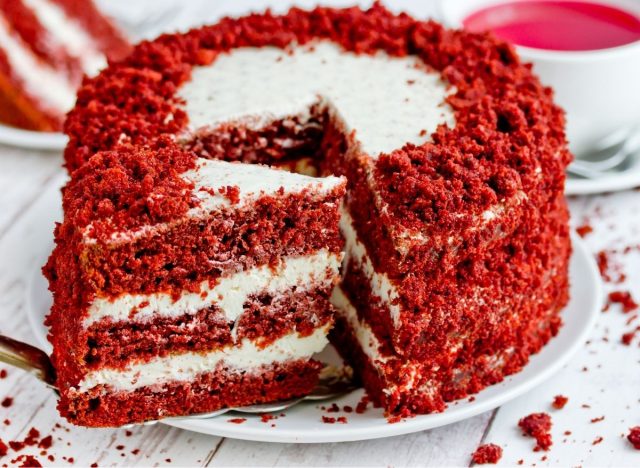

Red velvet cake is a type of cake that is typically made with a combination of butter, sugar, cocoa powder, and food coloring to create a red or reddish-brown color. It is often served with a cream cheese frosting, which is made with cream cheese, butter, and confectioners’ sugar. Jesse Feder, a personal trainer and registered dietitian with My Crohn’s and Colitis Team says, “Red velvet desserts such as red velvet cake, cookies, and cupcakes are among some of the unhealthiest foods with red dye. They are all significantly high in sugar, unhealthy fats, processed carbohydrates, and calories. They do not provide much nutrition and are practically void of protein. Additionally, they can contribute to several types of cardiovascular diseases as well as unwanted weight gain.”
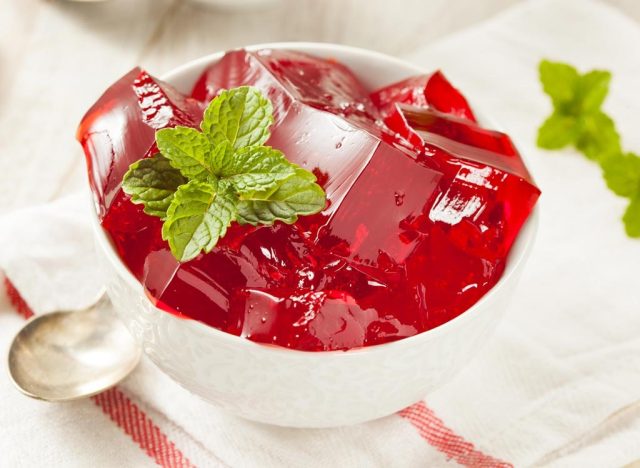

Feder states, “Red Jell-O is a very popular dessert and/or snack around the world. Unfortunately Jell-O is essentially just sugar, gelatin, and food dye. There is very little nutritional value that Jell-O provides. Sugar is usually among the first ingredients on the list which means it is one of the most abundant ingredients. For those that are sugar free, they typically use artificial sweeteners such as aspartame which also can have some adverse health effects.”
Read Related Also: Blood clots: Symptoms include a strep-like sore throat
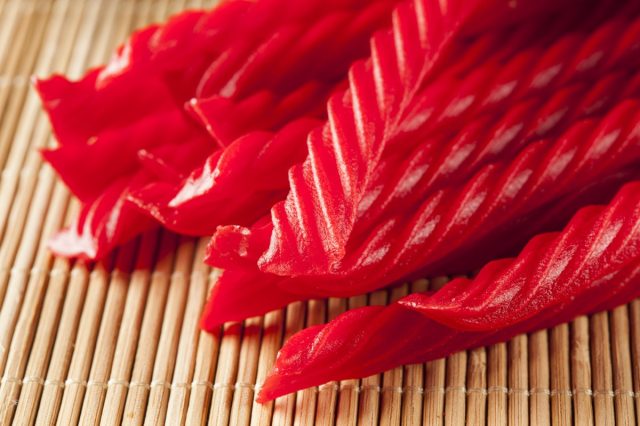

According to Csaszar, “Twizzlers, Skittles and Starburst are three candies that contain artificial red dyes, among many other candy variations. Most would agree candy is a treat and not an everyday snack as its overall nutrient profile is not offering much benefit – it’s full of added sugars, artificial ingredients and lacking essential nutrients like protein, fiber and vitamins.” Best tells us, “This category of candy and sweets with red food dye is particularly concerning because of its concentration and additional ingredients. The dye in candy is ingested in higher amounts because the product is smaller and is generally consumed at one time rather than a serving of cereals, pastries, and other foods. The added sugar and fat in candy makes this particular food type harmful in more ways than just hyperactivity.”
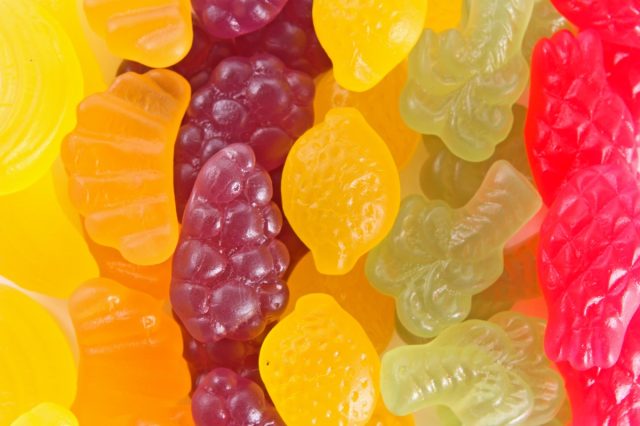

Csaszar explains, “People may think fruit snacks are a ‘healthy’ food choice because they boast that they contribute a certain amount of vitamins and are ‘fat free.’ Sadly, most are loaded with added sugars and artificial food ingredients and dyes like Red 40. Read food ingredient lists for these snacks thoroughly to ensure you don’t see ‘Red 40’ listed to avoid consuming artificial dyes.”
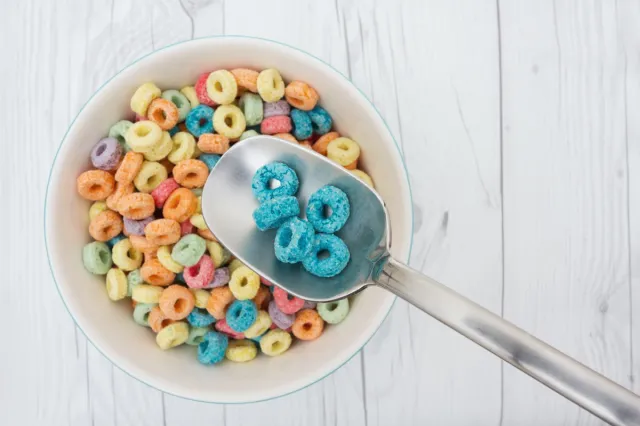

Csaszar shares, “Some of our beloved childhood cereals, like Froot Loops, Trix, Fruity Pebbles, and Lucky Charms, to name a few that come in bright colors, contain food dyes. They are also laden with added sugars and other processed ingredients that lack fiber and protein — two important nutrients you want for breakfast to jumpstart your day and energy levels.”
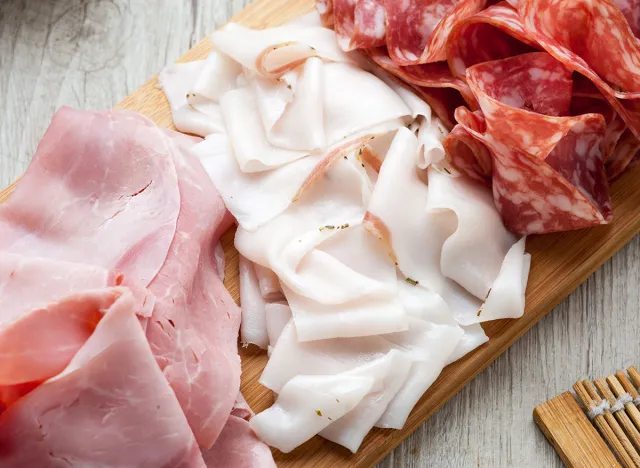

You’ll find red dye in certain meat products such as sausages, bacon, and ham. Best explains, “Processed foods, such as lunch meats and frozen dinners: This category of foods containing red dye is dangerous because it is often ingested unknowingly. These foods aren’t usually on the typical consumer’s food dye radar as they don’t meet the preconceived ideas of what foods containing red food dye look like.”
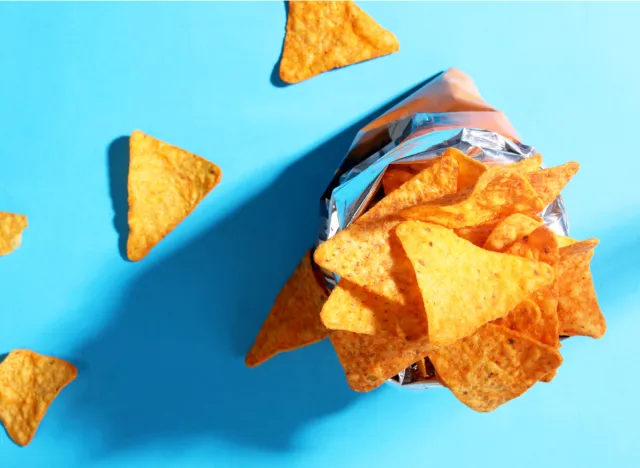

This may surprise you, but one common ingredient found in many brands of chips, including Doritos, is Red Dye 40. The artificial food coloring is used to give chips a distinctive red or reddish-brown color, and it is often used in conjunction with other food dyes to create a range of different shades and hues. There are a few reasons why chips may contain the additive. One reason is that it is a relatively cheap and easy way to add color to the chips, which can make them more visually appealing to consumers. In addition, Red Dye 40 is a stable and long-lasting food dye that does not fade or change color over time, which makes it well-suited for use in chips and other snack foods that may have a long shelf life.

















